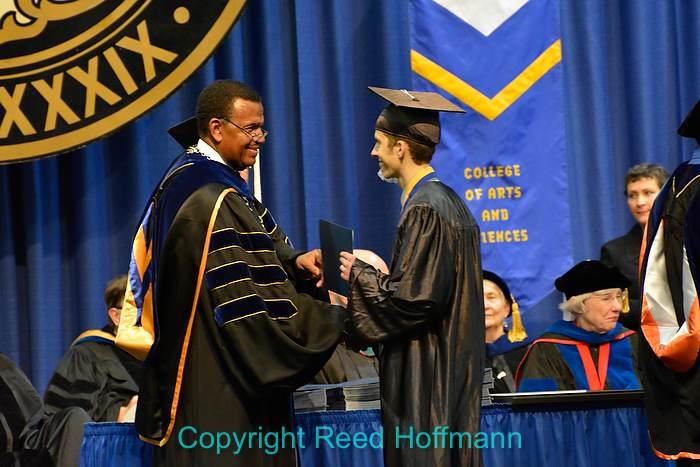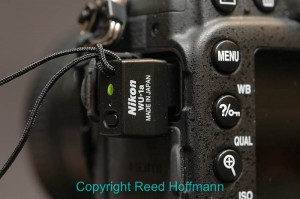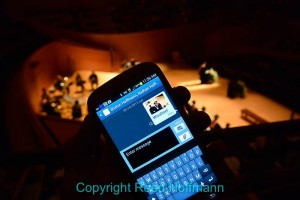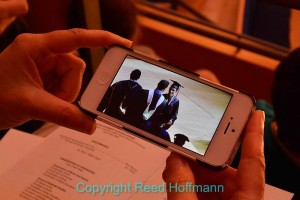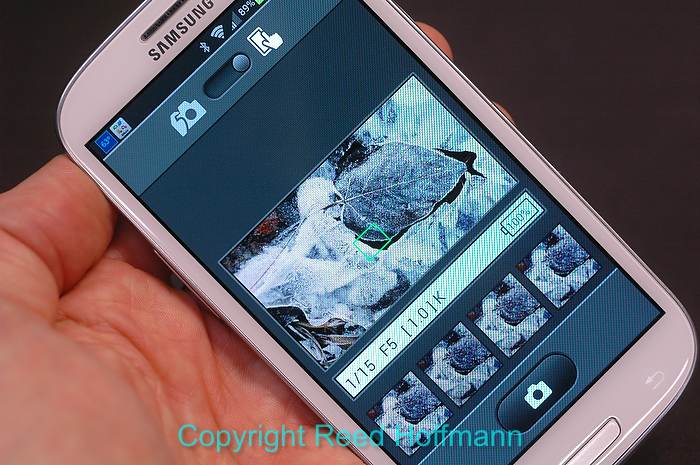In the past, when we talked about instant photos, we were talking about Polaroids. Today we mean pictures shot with a cell phone and shared instantly. But I just got some nifty (and inexpensive) adapters that let me share better pictures than anyone’s going to get with any cell phone.
Cell phone cameras have some definite advantages. These are mainly because you’ve got a camera with you all the time, and can share the photos right away. As far as quality goes, though, they’re not great. Particularly when you can’t get close to your subject, or there’s not much light. That’s when a “real” camera makes a big difference. With most cameras, though, you have to download the photos to a computer before you can share them, which slows the whole sharing process down. Thanks to these adapters I just got, that barrier is now gone.
Nikon makes a pair of Wi-Fi adapters, the WU-1a and WU-1b that let me transfer photos directly from some of my Nikon cameras wirelessly to my smartphone. Which means I can then text or email them, or even post directly to sites like Facebook. I attended a couple of graduations this past weekend, and took advantage of that capability.
My son Nathan was graduating from the University of Missouri – Kansas City with two degrees, one in French and the other in Music. That meant we had two commencements to attend, which gave me two opportunities to try out these new toys.
On Friday I took my Nikon D5200 to the ceremony,
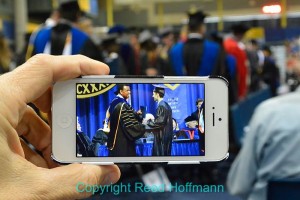
Nathan getting his degree from the chancellor, after I trasmitted the photo to his mom’s iPhone. Photo copyright Reed Hoffmann.
along with the WU-1a and my Samsung Galaxy S3 Android smartphone. Right after Nathan received his degree from the chancellor, I went into the “Setup” menu on the camera and turned on the “Wireless mobile adapter” setting. Then I opened the free Wireless Mobile Utility app on my phone (available for both Android and iOS) and turned it on (for first time setup, which I’d done earlier, you then pair the two devices in the wireless settings on the phone). With those two turned on, I had a choice of either transferring photos from the camera to the phone or controlling the camera (more on that later).
At this point, I can browse the photos in my camera through my phone, select the ones I want and then upload them to my phone. Once on the phone, I can email or SMS them to anyone I want. So I selected one photo, pulled it over to the phone, then texted it to my wife and son’s iPhones. They could then post the photo to Facebook, all within minutes of the event happening.
Of course, I could have done this by shooting the event with either of our phones. The big advantage to doing it my way was we’d actually be able to see Nathan in the photo. From the back of the auditorium, I used a 300mm lens and shot at 3200 ISO to get a pretty good picture. Which would be impossible with the phone.
The next day he had his music commencement ceremony, in the Kauffman Center for the Performing Arts. Same process, but this time I used the WU-1b to do the same thing with my Nikon D600. Those two adapters, the WU-1a and WU-1b work the same, just for a different group of cameras. Each one costs just $60, and they can do more than just transfer photos.
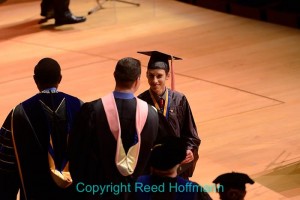
Nathan gets his second degree. Nikon D600 set to white balance of INCANDESCENT and ISO of 2500, shutter speed of 1/250 at f/4, lens at 280mm. Photo copyright Reed Hoffmann.
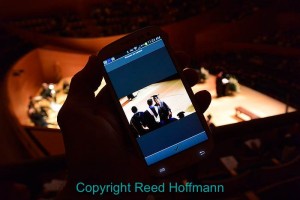
Then I downloaded the photo from the camera to my smartphone using the Wireless Mobile Utility, so I could transmit it to my wife’s phone. Photo copyright Reed Hoffmann.
When your smartphone connects with the camera through the adapter, you actually have two options. One is to view the images on the camera, which is what I was doing. But the other is pretty cool too. You can also choose to take pictures with the camera, through your smartphone. To do this, the camera goes into Live View mode so you can see on the screen of your smartphone exactly what the camera’s seeing. You also see the exposure settings the camera is at, can tap where you want the focus to be, and then touch the camera icon to shoot a picture. That photo is immediately downloaded to your smartphone (and saved to the card in the camera too).
There are some limitations. Transfers aren’t very fast, so you probably want to shoot JPEGs. Running the app on the phone, and having the Wi-Fi enabled on the camera drains the batteries of both devices, so you want to turn them off when you’re not using them. And the distance is limited to about 50-ft, so you need to be relatively close to the camera. Of course, all of these limitations can be solved by spending more money on other equipment.
Bottom line? This is an inexpensive way to immediately share much better photos, shot with real cameras, without having to connect to a computer. I know I’ll be using one of these on a regular basis from now on.
(If you want to read an interesting review of using this adapter to transmit photos from a live event, using a more advanced – and costly – app on an iPad, take a look at this: http://www.macnn.com/reviews/nikon-wu-1b-wireless-adapter-picturepro-app.html)

